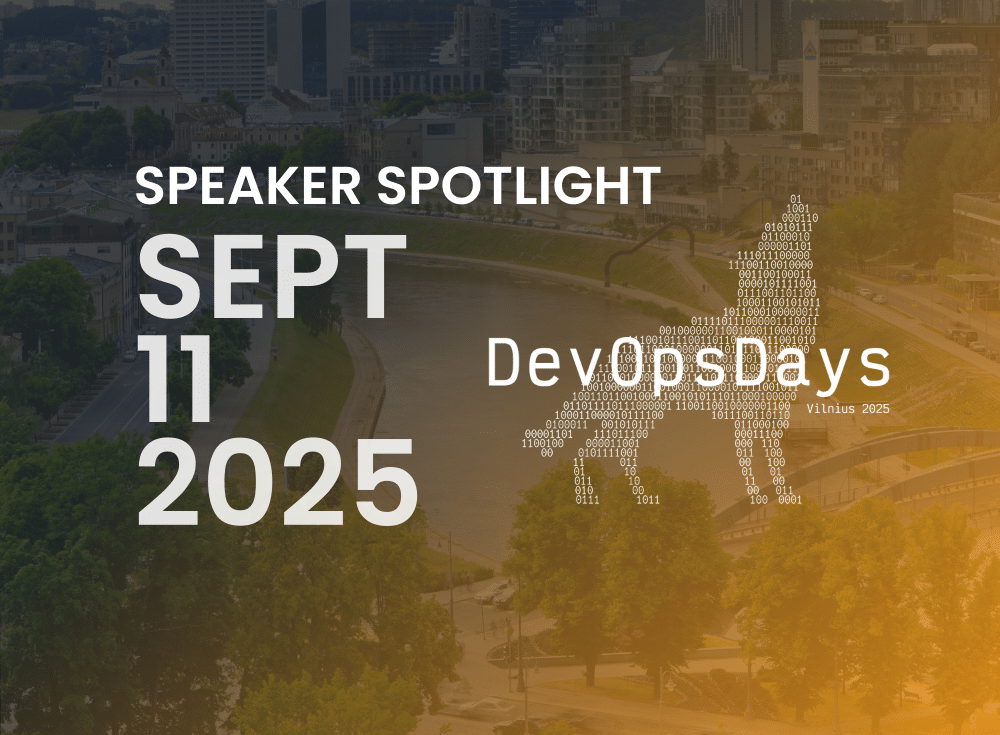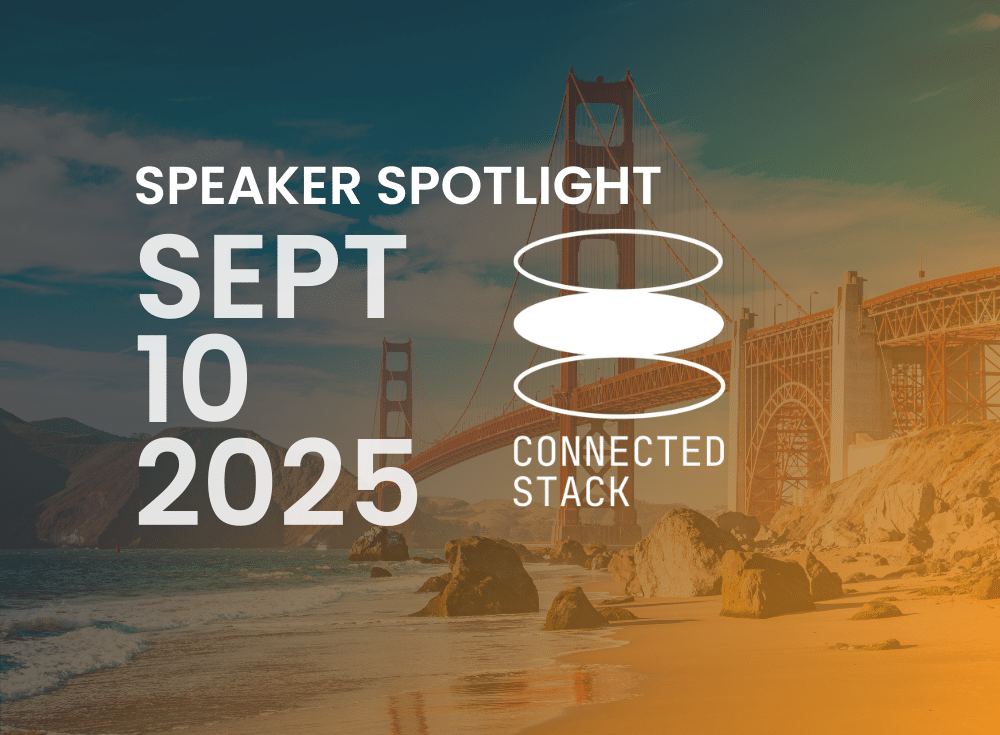Event Overview
Devopsdays Vilnius is self organizing and not a profit-oriented event. At 2023 and 2024 year event we gathered 200 like-minded IT engineers to learn and share. Whether you’re a seasoned Devops enthusiast or just starting your journey, Devopsdays Vilnius 2025 has something for you. Join us and gain valuable insights and build your professional network.
- Talks – 30 min presentations each morning set the tone for the day. 8-10 different topics are going to be hand picked by a group of engineers.
- Ignites – 5 minute talks. After lunch, several short talks with with 20 slides that auto-advance. Funny, poignant, insightful, and just right.
- Open Spaces – Prepare to be surprised. Participants suggest, self-organize, and lead these break-out style meetings immediately after the Ignite talks. The organizers facilitate the rooms and timing to fit each suggestion, but the content is completely participant-driven.
Live Session: The Filesystem Diaries: Scaling Btrfs in an Enterprise
With Motiejus Jakstys
Btrfs was merged into the Linux kernel in 2009, arriving with bold promises—and, let’s be honest, a reputation for instability. I first tried it on my laptop in 2011. It wiped my data. Twice. On the bright side, it taught me the value of backups.
Fast forward to 2025: btrfs is no longer the experimental filesystem of the past. It’s stable, mature, feature-rich, and fully part of the Linux kernel. But old reputations die hard. Even today, Google Cloud Platform doesn’t officially support it—not because of technical shortcomings, but because customer demand hasn’t pushed the issue.
At Chronosphere, we decided to take a fresh look. After months of evaluation and testing, we migrated petabytes of customer data across thousands of disks to btrfs. This talk is our story: why we made the leap, what we learned along the way, and how we’re helping bring btrfs into wider enterprise adoption—including working with Google to support it natively.
I’ll share the decision-making process, key performance and reliability insights, and the quirks you only discover when running btrfs at scale. Whether you’re btrfs-curious or just love a good ops tale, you’ll walk away with real-world takeaways—and maybe a newfound respect for this once-maligned filesystem.
If you know what NTFS, ext4, or ZFS are, you’re ready for this journey.
Share This:
Speakers
Motiejus Jakštys works in the database team at Chronosphere. He is also a cartographer, creating maps for no particular reason. Maybe it has something to do with him liking long hikes, but he’s not sure.
He is running a beefy server in a closet at home, because he likes talking about servers with his kids.






